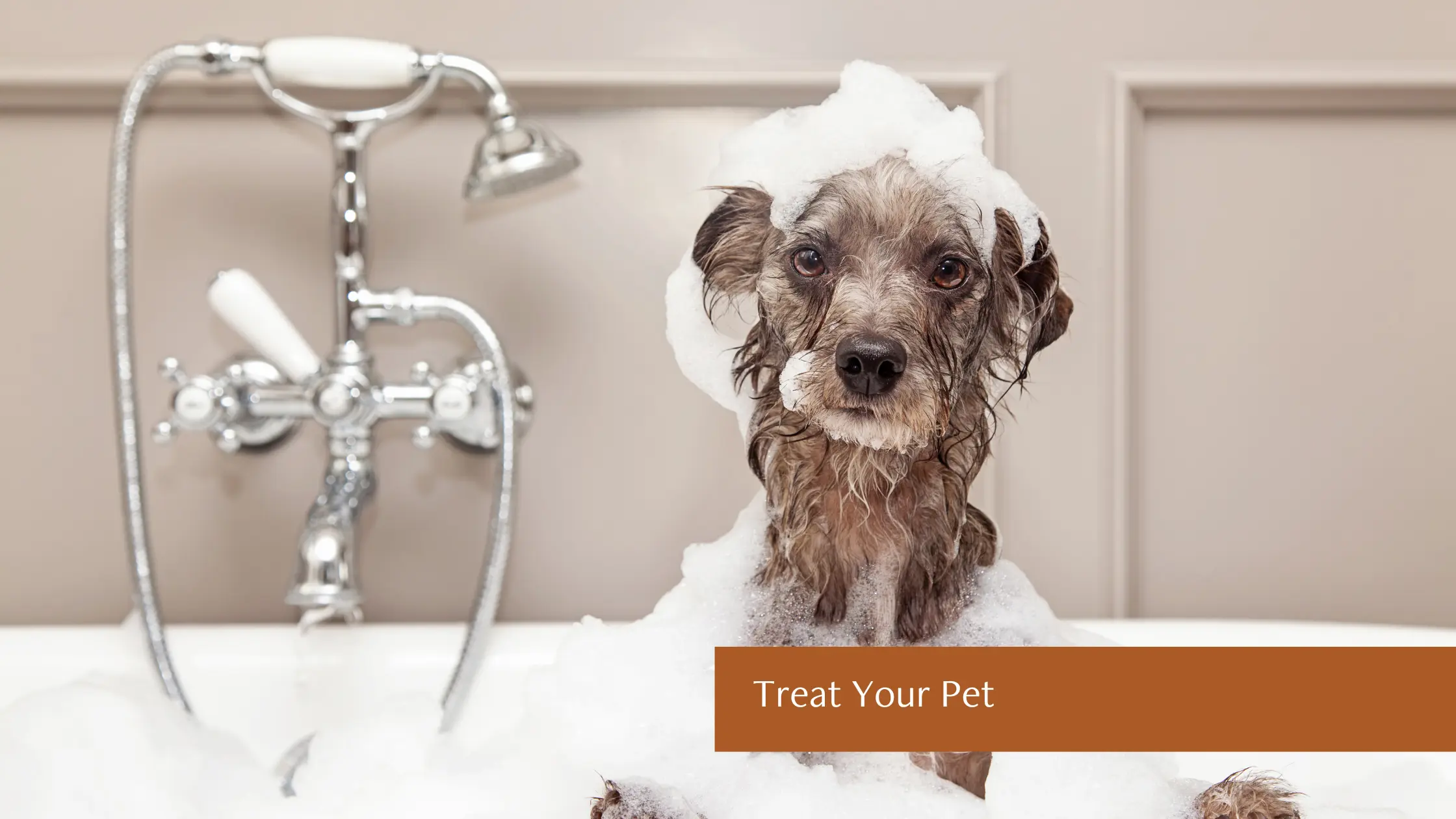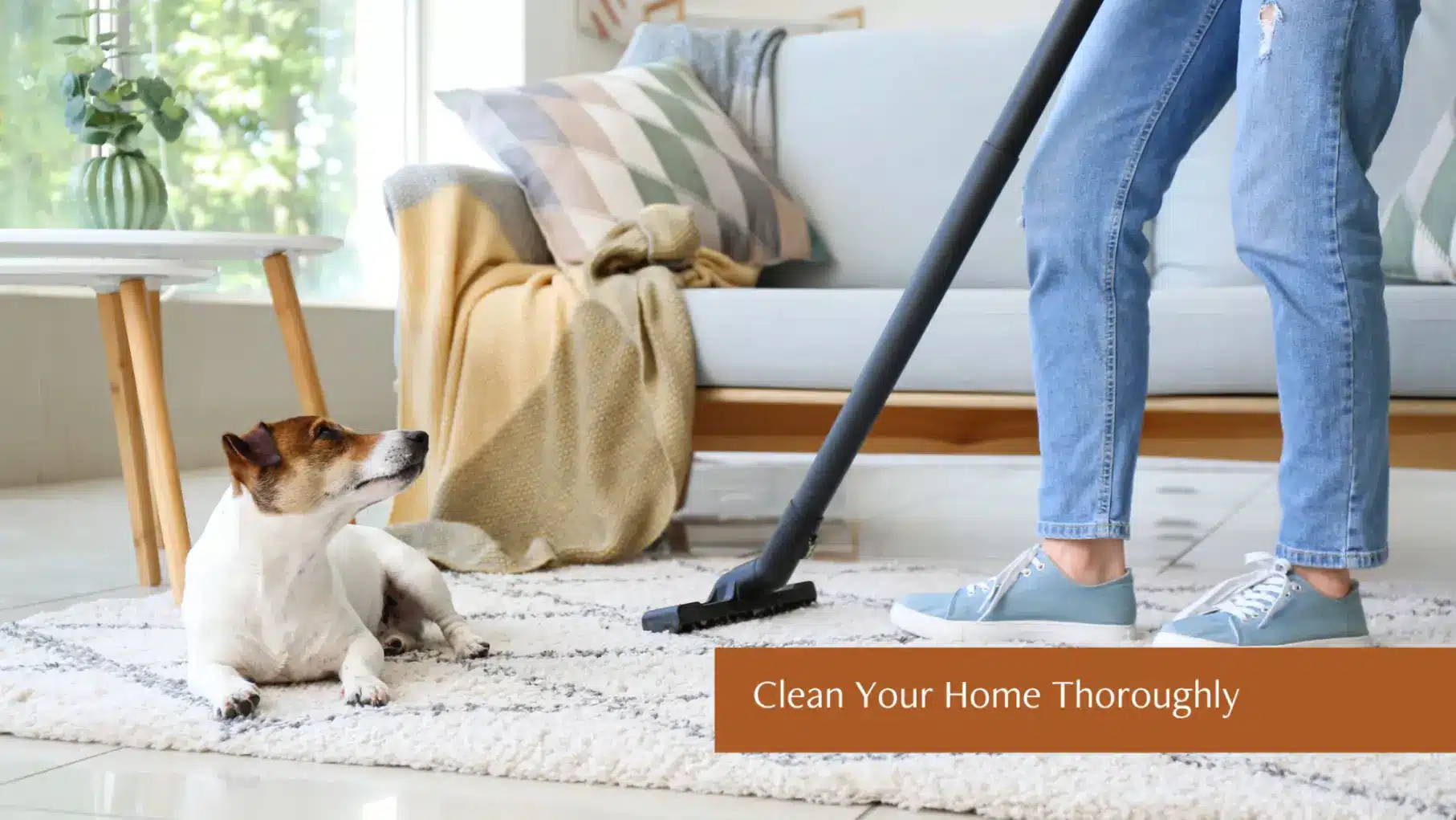Learn How to Get Rid of Fleas Fast
Discovering fleas in your home or on your beloved pet can be a frustrating experience. These tiny, resilient pests multiply quickly, turning a small problem into a major infestation in a short amount of time. Understanding how to get rid of fleas effectively requires a multi-pronged approach that targets them at every stage of their life cycle. This guide will walk you through the essential steps to reclaim your home from these unwanted guests.
Understanding the Flea Life Cycle
Before diving into solutions, it’s helpful to know your enemy. The flea life cycle has four stages: egg, larva, pupa, and adult. Adult fleas, which are what you typically see, make up only about 5% of the total population in an infestation. The other 95% exist as eggs, larvae, and pupae hidden in your carpets, furniture, pet bedding, and floorboards. A successful eradication plan must address all four stages, or you’ll find yourself dealing with a new wave of fleas just a few weeks later.
A Step-by-Step Plan for Flea Removal
A thorough strategy is the key to success. You need to treat your pet, your home, and your yard simultaneously to ensure you break the flea life cycle completely.
Step 1: Treat Your Pet

Your pet is the primary host and transportation for fleas. Start by treating them with a veterinarian-approved product. Options include:
- Flea Shampoos: A good flea bath can kill the adult fleas currently on your pet. Use a shampoo specifically formulated for flea removal and follow the instructions carefully. This is a good first step, but it won’t prevent new fleas from jumping on.
- Topical Treatments: Monthly spot-on treatments are a popular and effective method. These liquids are applied to the skin, typically between the shoulder blades, and work to kill fleas and sometimes prevent eggs from hatching.
- Oral Medications: Chewable tablets prescribed by your vet can begin killing fleas within hours. Some offer protection for a month or longer, providing a convenient way to manage the problem.
- Flea Collars: Modern flea collars have improved significantly and can offer protection for several months. Ensure you choose a high-quality collar and check for any signs of skin irritation on your pet.
Consult your veterinarian to determine the safest and most effective treatment for your pet’s age, species, and health condition.
Step 2: Clean Your Home Thoroughly
Once your pet is treated, the next step in learning how to get rid of fleas is a deep clean of your entire home. This is a critical, non-negotiable part of the process.
- Wash Everything: Gather all pet bedding, blankets, and washable toys and wash them in hot, soapy water. High heat is essential for killing fleas and their eggs. Do the same for your own bedding, rugs, and any other fabrics your pet comes into contact with.
- Vacuum Relentlessly: This is your most powerful weapon. Vacuum every surface in your home—carpets, rugs, hardwood floors, tile, and upholstered furniture. The vibrations from the vacuum can stimulate pupae to emerge, making them vulnerable. Use crevice tools to get into corners, along baseboards, and under furniture. After vacuuming, immediately seal the vacuum bag in a plastic bag and dispose of it in an outdoor trash can.
- Steam Clean: For a deeper clean, consider steam cleaning your carpets and upholstery. The high heat and soap will kill fleas at all life stages.

Step 3: Use Targeted Home Treatments
After cleaning, you may need to apply treatments to your home. Many people looking for how to get rid of fleas turn to products like insect growth regulators (IGRs). IGRs prevent flea larvae from maturing into biting adults, effectively breaking their life cycle. These are often available as sprays or foggers. Always follow the product’s safety instructions, ensuring pets and family members are out of the area during application and until it is safe to return.
For those preferring a more natural approach, diatomaceous earth (food-grade only) can be lightly sprinkled on carpets and pet bedding. It’s a fine powder that dehydrates and kills fleas. Let it sit for a few hours before vacuuming it up thoroughly.
When to Call a Professional
DIY methods can be effective, but sometimes an infestation is too widespread or persistent to handle on your own. If you’ve tried these methods and are still seeing fleas, it’s time to call in the experts.
A professional flea exterminator will conduct a thorough inspection to identify hotspots and create a customized treatment plan. This often involves a combination of products that kill adult fleas and prevent future generations from developing.
Don’t let fleas take over your home and disrupt your peace of mind. A persistent approach that treats your pet and your environment is the only way to win the battle.
Are You Tired of Fighting Fleas?
If you’re overwhelmed and need a guaranteed solution, we can help. Our professional pest control team knows exactly how to get rid of fleas fast and effectively, ensuring your home is safe and comfortable for your family and pets. Contact us today for a consultation and take the first step toward a flea-free home.
